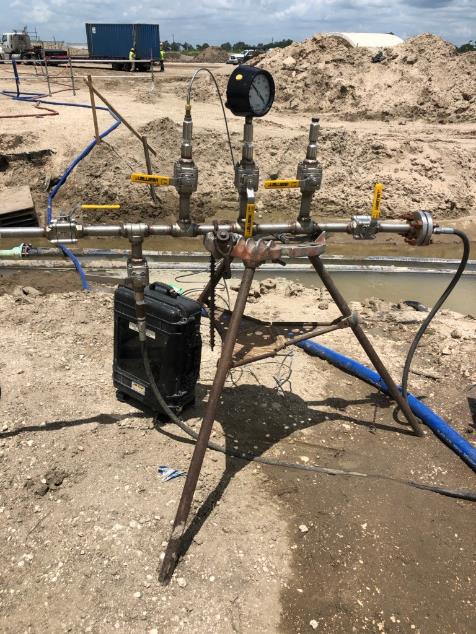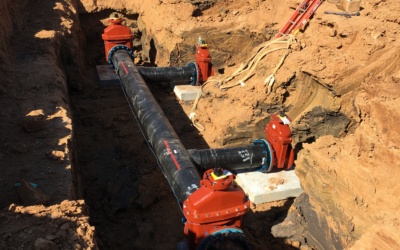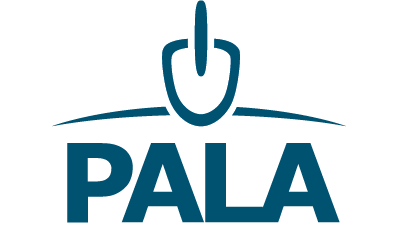Once a plastic pipe system is installed, you may think a pipe specialist’s job is done. It’s not.
Before plastic pipes can be considered safe and ready for use, hydro testing must be completed. Below, we’ll define what hydro testing is, why it’s important, and how it’s carried out.
What is Hydro Testing?
Hydro testing, short for hydrostatic testing, is a pressure-based process where piping systems are tested for performance and leaks. It’s most often completed right after a plastic pipe system has been installed, but can also be done later on for routine inspection and maintenance checks.

Hydro Testing Process
Here are five steps for what the general hydro testing process looks like for plastic pipe or HDPE pipe applications:
- Fill up the pipe system completely with water.
- Remove all air within the system (this is done by filling completely with water).
- Pressurize the system up to 1 ½ times its design pressure limit.
- Hold this pressure for a specified amount of time.
- Inspect the pipe system for leaks. Sometimes pipe specialists use dyes to find the exact location of any leaks.
Why Is Hydro Testing Important?
Hydro testing isn’t just a recommendation. In most cases, it’s a post-installation requirement.
Hydro testing is so important because it helps to ensure that the system passes inspection and safety standards for plastic piping. It’s a proactive approach that reduces the chance of an emergency and ensures the safety of your people, facilities, and environment. It also helps you save resources and money because you can catch leaks before they become a larger issue.
3 Hydro Testing Methods for Plastic Pipe Systems
There are three common hydro testing methods used for plastic pipe systems and other vessels/cylinders. There are certainly other methods that specialists use, but these popular ones will help give you a better understanding of what any test typically involves.
Water Jacket Method
The pipe system is filled with water and loaded into a sealed chamber called a test jacket. The test jacket is also filled with water. The pipe is then pressurized inside the test jacket for a specific amount of time, causing it to expand within the test jacket. This results in water being forced out into a glass tube that measures total expansion. That expansion is recorded, then the pipe is depressurized, and then it shrinks to its original size.
Direct Expansion Method
The pipe system is filled with a certain amount of water, then pressurized. Then the amount of water that’s expelled upon pressure release is measured. The permanent expansion and total expansion values are calculated using the amount of water forced into the pipe, the test pressure, and the amount of water expelled.
Proof Pressure Method
Internal pressure is applied to the pipe to see if it has any leaks or weaknesses in the wall lining. In the United States, the proof pressure method is only permitted when the Code of Federal Regulations (CFR) doesn’t require permanent and total expansion values to be recorded.
Trust US FUSION For Your Plastic Pipe & Hydro Testing Needs
Hydro testing is an important practice to ensure plastic pipes are installed and working properly on your site. If you need help completing this specialized process, contact the experts at US FUSION. With decades of industry experience, we have the knowledge and mastery it takes to get quick, accurate results.







